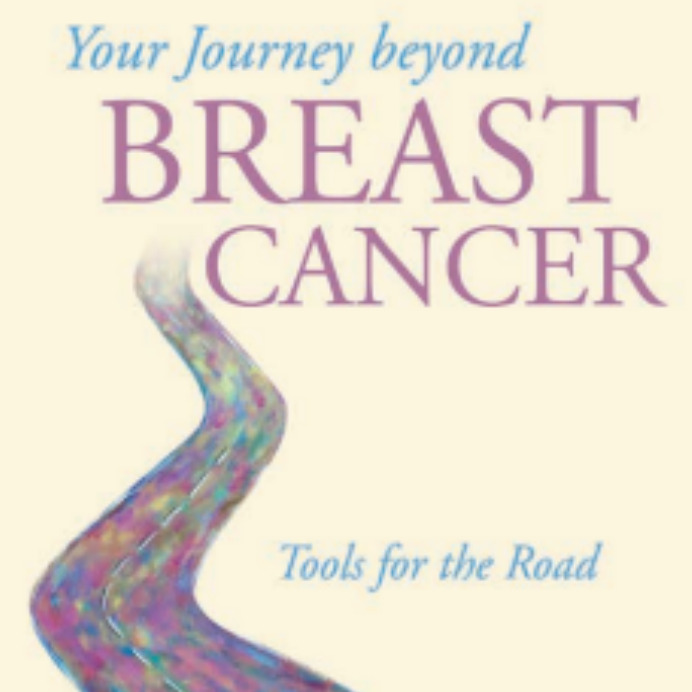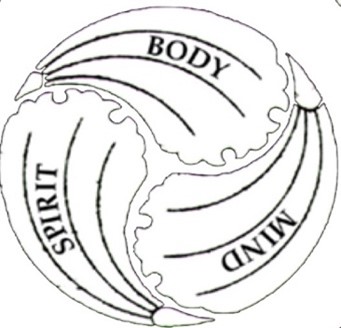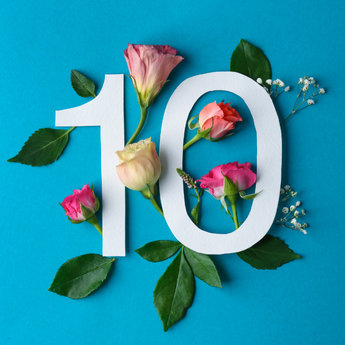 By Louise B. Lubin, PhD
By Louise B. Lubin, PhD
Adapted from Louise’s book, ‘Your Journey Beyond Breast Cancer: Tools for the Road’, an interactive, how-to guide for women at any milepost on their breast cancer journey.
I know you remember the moment you heard, “You have breast cancer”. Those words began a long journey with many possible roadblocks and detours. You will all be at different points on your cancer timeline. Perhaps you have just been diagnosed, are continuing with treatment, or even managing a reoccurrence. Because each of you is more than a statistic, your journey will be unique. The path to follow must be the one that is right for you. At each turn, you will be faced with many hard decisions. You certainly did not choose this challenge, but it is now in front of you. Deciding what is important, how you want to live, and setting your priorities are some of the many demands of this disease. The challenge is how do you want to move forward towards healing which is finding your wholeness and balance. Cure is the absence of physical disease. Everyone hopes for a cure. Even if you cannot achieve a cure, you can and must seek your definition of healing.
 This logo from my website (www.manypathstohealing.com) reflects my belief in the importance of how your mind, body and spirit must all be examined to move your health and life forward. Each chapter in my interactive guide addresses your challenges and provides tools to increase your knowledge of your body, identify the power of your mind, and embrace the wisdom of your spirit.
This logo from my website (www.manypathstohealing.com) reflects my belief in the importance of how your mind, body and spirit must all be examined to move your health and life forward. Each chapter in my interactive guide addresses your challenges and provides tools to increase your knowledge of your body, identify the power of your mind, and embrace the wisdom of your spirit.
Below you will find an excerpt from my new book, ‘Your Journey Beyond Breast Cancer: Tools for the Road’:
How uncertainty affects your body
When you first received your cancer diagnosis, you were thrown into feelings of uncertainty about your future health and well-being. Questions about how, if, and when the cancer might reoccur accompany you long after diagnosis and treatment. Anxiety is always about the future. Your body reacts to your fear of the future as if you were in real physical danger. Your autonomic nervous system is designed to respond and react to real or imagined physical or emotional threat. This system is composed of two parts: the sympathetic (flight, fight, or freeze) and the parasympathetic (rest and digest and relaxation) nervous systems.
The next time you face some uncertainty, notice how your body reacts. Awareness is the first step to creating change. How does your body react to uncertainty?
Although your sympathetic system can be automatically triggered by many different factors, including heredity, medical conditions, medications, and stressors in your daily life, you do have some control over the parasympathetic (resting) system. One of the ways you can bring about the calming effects of the parasympathetic system is to learn some relaxation tools.
Relaxation is more than just watching TV or taking a bath. Although these activities can be enjoyable, the following tools focus on ways to regularly practice relaxation to bring about a calming of worry and anxiety. How do you slow down your body to feel calmer and safer? The quickest and easiest way to slow down your body and increase your sense of alertness and presence is to adjust your breathing. When you get anxious or fearful, your breath is shallower and more rapid. Try the following to help you relax.
Tool: Abdominal Breathing
- Focus your attention on your abdomen.
- Inhale slowly and deeply through your nose.
- Imagine your chest and abdomen are like a balloon. Fill them with air to allow them to expand.
- Pause for a moment, and slowly exhale through your nose or mouth. Be sure to exhale slowly and completely, and let your body go.
Tool: Mini Relaxations
Adjust your breathing anyplace and anytime. No one needs to know you are doing this. Your breath is with you every moment of every day. Try the following with your eyes open or closed, depending on what you are doing:
- Count slowly from ten to zero, counting one number on each out breath.
- While taking a breath, think, I am, and on the out breath, think, At peace.
- As you breathe in, count slowly to four, and on the out breath, count back down to one.
- The next time you face a difficult situation (e.g., going in for a procedure, making a treatment decision, or talking to someone when you feel upset), take three deep breaths before you begin.
The only time these tools won’t work is when you don’t use them!
Tool: Shifting Your Awareness
- Close your eyes and breathe. Notice your body, how the air feels when you breathe in, how your heart beats, and the sensations you have in your stomach and gut.
- With your eyes still closed, purposefully shift your awareness away from your body to everything you can hear, see, smell, or feel through your skin.
- Use your senses to shift your awareness outside yourself.
By shifting your awareness back and forth several times between what’s going on in your body and what’s going on around you, you learn in a physical way that you can control which aspects of your world—internal or external—you notice. You can gain a sense of control over how you react to physical sensations and become better able to manage anxiety. You can grow your ability to observe your thoughts and sensations. In a stressful situation, the goal is to respond, not just react.
Will you try this tool to shift your awareness the next time you feel anxious?
Try doing one of these breathing tools for three to five minutes, and notice if you feel any greater sense of calm in your body. Can you feel your body slowing down? Did your thinking also slow down, or were you focusing on any specific thought or upcoming situation? Did you feel any letting go of tension or tightness in your body or mind?
The lessons shared within this book are only a few of the insights from the sisterhood of women who have been my teachers. Although most women continue to live full and meaningful lives after diagnosis, others must actively manage the disease for many years. Having tools – “life skills” are necessary for your healing. My guide is not a substitute for either medical or psychological consultation, but an additional tool to help you cope and thrive to move forward.
Your journey can feel more like a marathon than a sprint. You must pace yourself to run a marathon and not try to sprint as fast as you can. This guide should not be read quickly. As you move through it, there will be “rest stops” to question yourself and take some action. Keep your focus and goals small and specific. Stretch enough to move forward, but just begin with one small step. Pay attention to not only what you can change, but also what you are already doing that is healthy and right for you.
Many women have expressed that cancer has changed their lives in profound ways. Not only their body, but also their relationships, beliefs about themselves and others, and their discovery of what is truly meaningful and important in their lives has been revealed on their journey.
My greatest hope is that what I have learned by traveling with these amazing women will help make the journey more manageable and help them find their way back home to their true self and healing.






